Let’s face it. Humans don’t seem to be the most eco-friendly animals, what with our love for industrialization, burning fossil fuels and causing global warming and all. But not all of earth’s creatures are so damaging in their existence. Some are even beneficial to the environment and help offset the damage we’ve caused. Not that we’re particularly grateful for it. Every year between 10,000-100,000 species go extinct because of climate change, loss of habitat or hunting.
The earth and its creatures are deeply connected. Each relies on the other for healthy and balanced ecosystems. And while nature could exist without humans, humans couldn’t exist without nature. We’ve gathered some of our favourite eco-friendly animals to celebrate all that they do for our planet and share how we can help them create a healthy environment for everyone to enjoy.
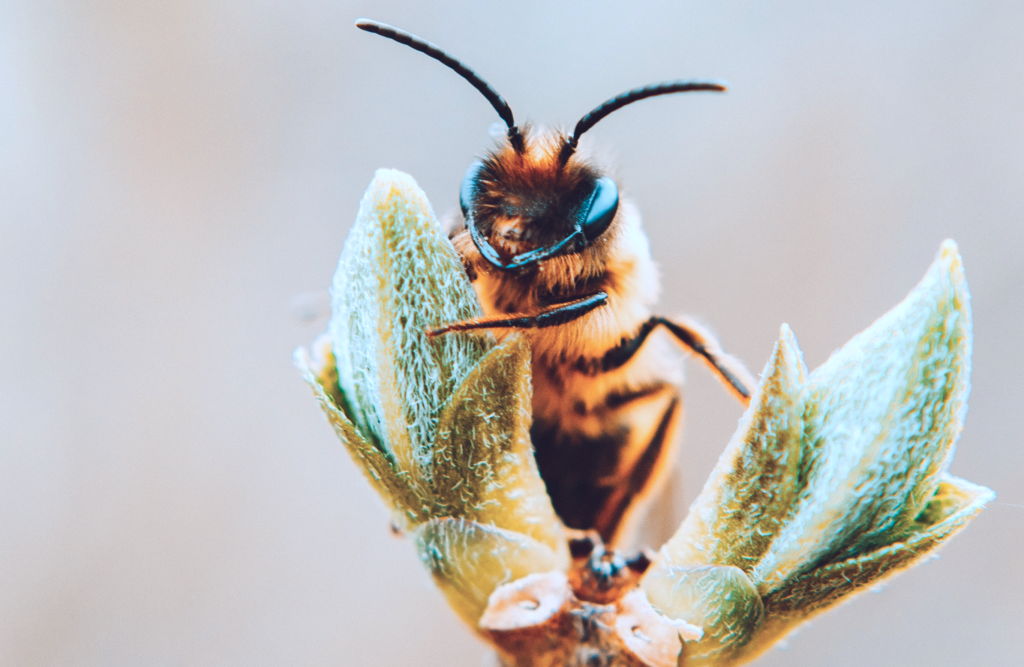
1. Bees
How Bees Help The Environment
The first on our list of eco-friendly animals are bees. Bees are one of the world’s best pollinators and without them we’d be left with a lot fewer food choices. According to the United Nations Food and Agriculture Organization, we depend on bees for a third of the world’s food.
Over 20,000 bee species globally play a part in keeping our ecosystems balanced and healthy. Unlike the famous Honey Bee, most of them are solitary and don’t live in hives. They provide a variety of ecosystem services from pollination to food and even medicine.
How We Can Help Bees
Around the world, one in six bees are extinct regionally and over 40% are vulnerable to extinction. In Canada, eight wild bee species are on Canada’s species risk register. Native bee species like the rusty-patched bumble bee are classified as endangered having lost at least 50% of their population.
- Plant native wildflowers, helping bees find food throughout the year
- Limit pesticide use to bee-friendly pesticides only
- Create a wintering habitat to help them last through the colder months
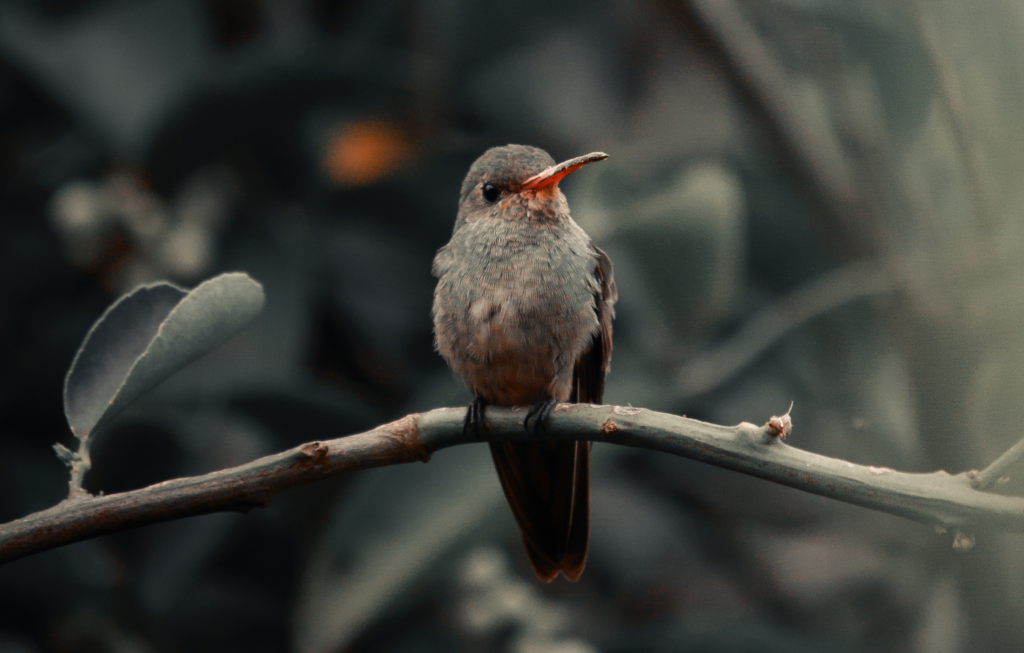
2. Birds
How Birds Help The Environment
Birds are one of the most important wildflower pollinators and eco-friendly animals in the world, with each area boasting its own specialized bird pollinators. In North America, hummingbirds reign as one of the most important pollinators, playing a key role in keeping a healthy ecosystem.
Birds are excellent at spreading seeds and spores, helping build nutrient networks for the surrounding environment and creating more plants and food sources. While they fly around, pollinating and dispersing seeds, they also work as natural pest controllers, eating 400 to 500 million metric tons of insects every year.
How We Can Help Birds
Two-thirds of North American birds are at risk of extinction due to climate change. We can help birds, and every other animal on this list, by stabilizing our carbon emissions and ensuring we don’t increase global temperatures beyond 1.5 degrees celsius. In fact, 76% and nearly 150 bird species could avoid extinction if we solve the root of the problem. If only it were that easy. While we collectively work on solving the big issues, there’s still plenty you can do individually and locally to help birds.
- Feed wild birds in winter.
- Plant trees and bushes for natural shelter and food.
- Provide birdhouses and nesting homes.
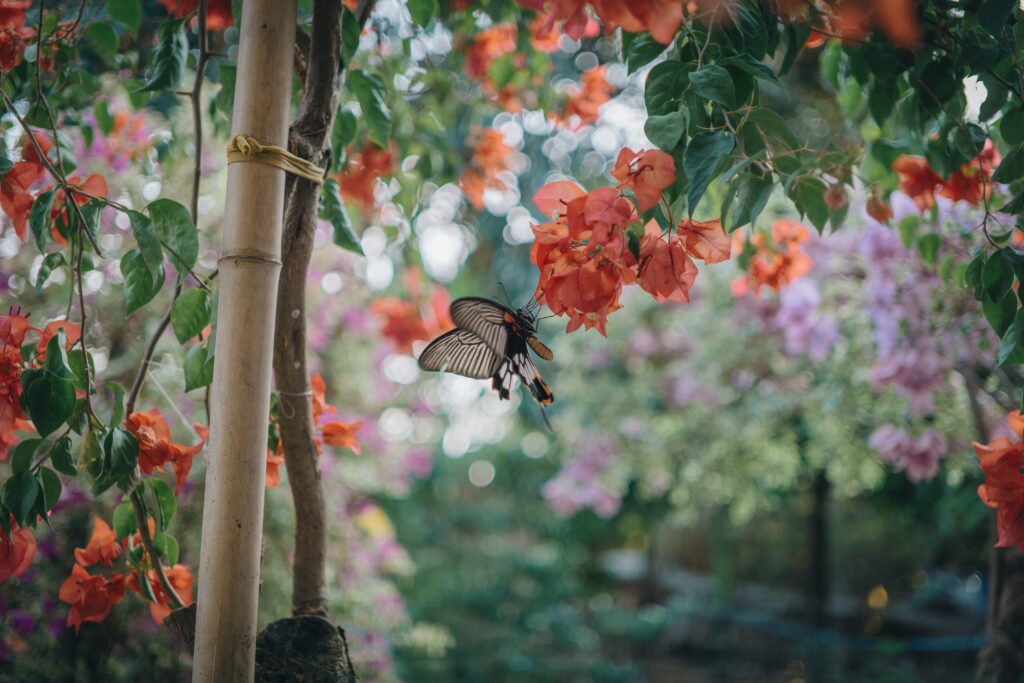
3. Butterflies
How Butterflies Help The Environment
Butterflies are pollinators, like birds and bees. They’re attracted to brightly coloured flowers and help transport pollen around as they travel between flowers. Without their pollination, fruits, vegetables and flowers would have a hard time producing new seeds.
As beautiful as they are, butterflies are also an important part of the food chain. Caterpillars and butterflies help feed other important ecosystem animals like birds. A bad year for eco-friendly animals like butterflies can have a knock on effect throughout our environment.
How We Can Help Butterflies
Many butterflies rely on climate and weather cues to trigger reproduction, migration and hibernation. But due to extreme weather conditions caused by climate change, their habitats and food sources are decreasing, causing butterfly populations to decline. From 1996 to 2014, Monarch butterfly populations decreased by 86%, a trend that’s since continued.
- Plant pollinator flowers and milkweed for Monarchs. Milkweed is the only plant Monarch butterflies will lay eggs on.
- Avoid using herbicides or pesticides. Insecticides can kill butterflies and caterpillars.
- Help monitor Monarch butterfly populations and habitats through Mission Monarch.
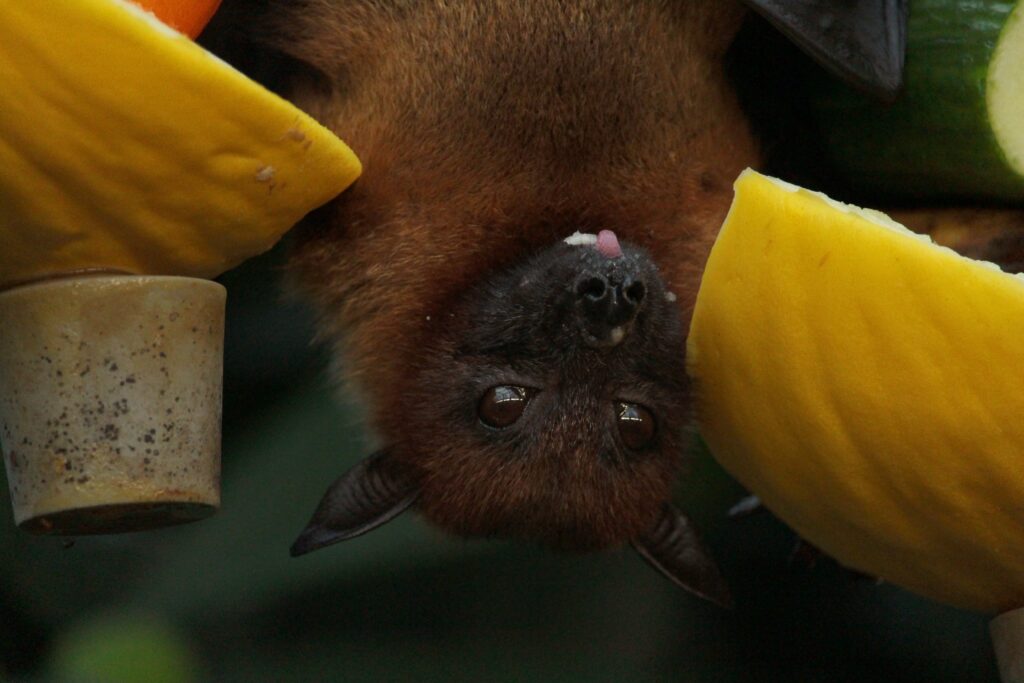
4. Bats
How Bats Help The Environment
Next on our list of eco-friendly animals are bats. Unfortunately, thanks to vampire movies, bats tend to have a bad reputation and end up scaring people more than they’re appreciated. But bats are incredibly important for keeping our ecosystems in balance. They make up over a fifth of all mammals on earth and are the only mammal capable of true flight.
Bats are the agricultural industry’s best friend and one of the best pest control agents on the planet. Some bats can catch up to 1,000 insects per hour, keeping them from destroying crops and causing disease. A single neighbourhood brown bat can eat up to 500 mosquitos in an evening, with a colony eating up to 50,000 per night. Bats are so important for agricultural pest control they’re estimated to be worth over 3.7 billion a year in North America alone.
How We Can Help Bats
Globally, over 16% of bat species are classified as threatened. With an increase in global temperature, bat plant and insect food sources, water availability and habitats are decreasing. In fact, 43% of bat species are currently threatened by habitat loss in particular.
In Canada, we have 18 bat species, three of which are endangered – the Little Brown Bat, the Northern Long-Eared Bat and the Tri-coloured Bat. White-Nose Syndrome and habitat loss are the threats to Canadian bats. But there’s a few ways you can help keep bat populations healthy.
- Bats are natural pest control, limit your use of pesticides. Bats can eat and be poisoned by insects that have come in contact with pesticides.
- Create bat habitats by planting different trees and leaving dead softwood in your garden.
- Avoid going into caves and spreading White-nose Syndrome.
- Report bat sightings (healthy or otherwise) to the Canadian Wildlife Health Cooperative.
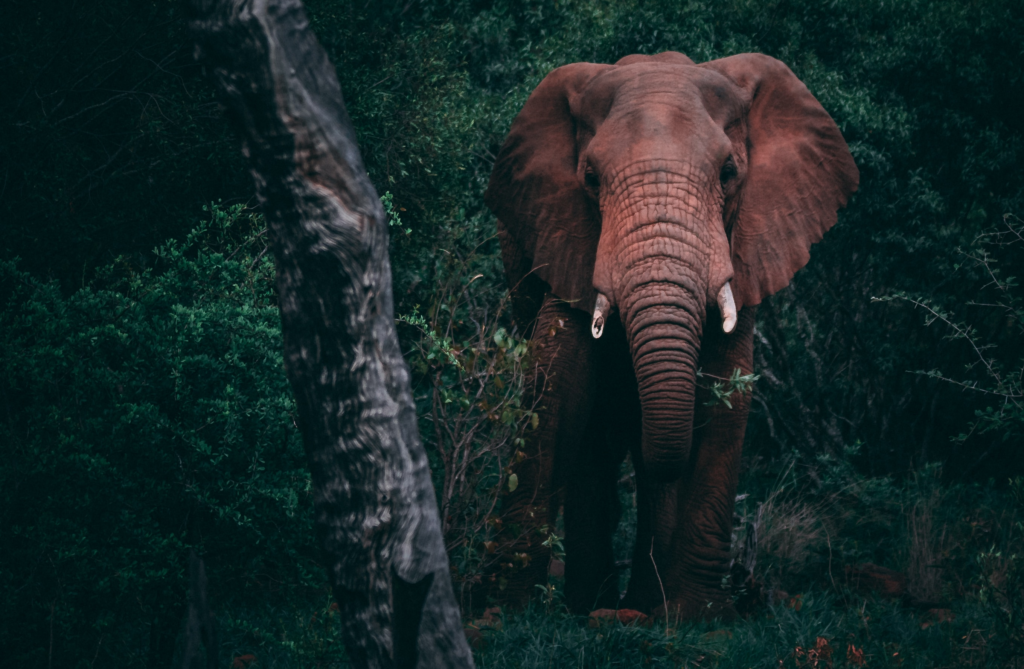
5. Elephants
How Elephants Help The Environment
Elephants are the largest land mammal on earth and one of the most eco-friendly animals. Due to their size, they can make an enormous impact on forestry as they move through it, stomping out invasive plants and making room for larger trees to grow. Research shows this activity has a significant impact on carbon stored in forests. If African forest elephants were to go extinct there would be a 7% decline in vegetation, the equivalent of three billion tonnes of carbon. Each individual elephant helps capture over 9,000 tonnes of carbon in its lifetime.
During a drought, elephants can also help create water sources for themselves, and other animals, by using their trunks to dig for underground water sources.
How We Can Help Elephants
Elephants need large areas with food, water and shelter to survive. On average, they can roam up to 30 miles a day and consume hundreds of pounds of plant matter. But due to loss of habitat and the poaching for the ivory industry, about 90% of African elephants have been wiped out in the last 100 years. According to the IUCN Red List of Threatened Species, the African Forest Elephant is now Critically Endangered and the African Savanna Elephant is Endangered.
- Don’t support companies that exploit elephants for tourism and entertainment.
- Don’t buy ivory products. Ivory can come in many forms including jewellery, flatware handles, piano keys and chess sets.
- Buy Fair-Trade coffee. Commercial coffee crops grown in plantations can destroy natural elephant habitats.
- Learn about and support organisations working to prevent illegal elephant poaching
- Support organizations protecting wild elephant habitats and building natural sanctuaries.
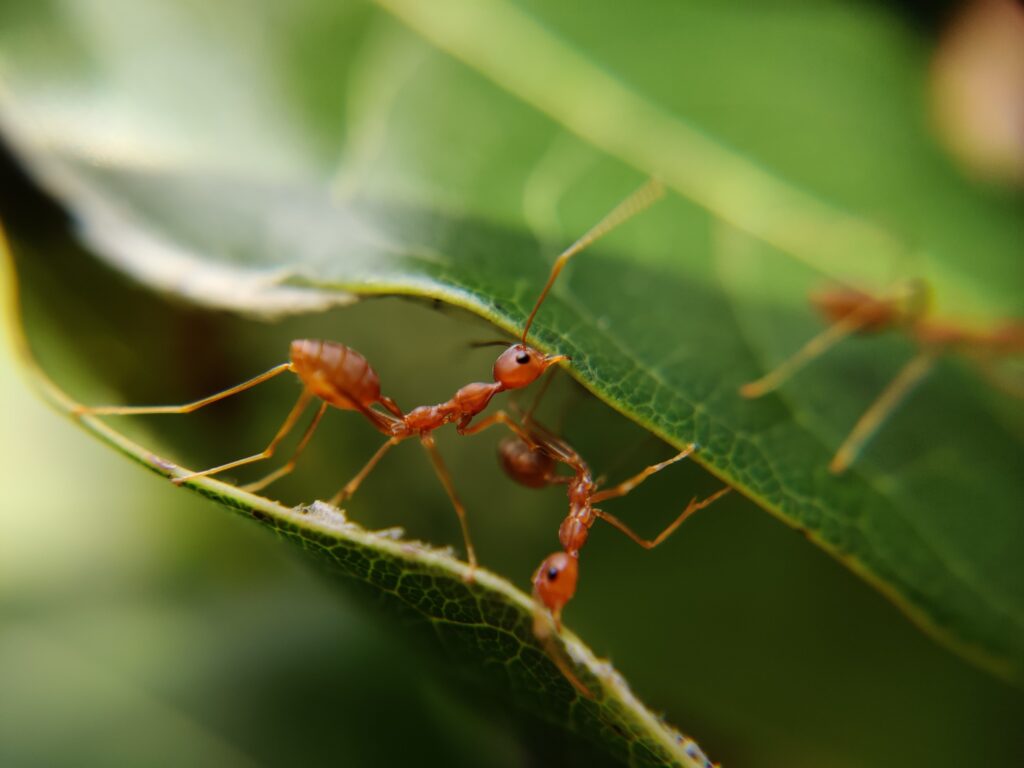
6. Ants
How Ants Help The Environment
Ants are powerhouses of the planet, helping sustain the foundation of life for many flora and fauna species – soil. By digging and creating tunnels through the earth, these eco-friendly animals aerate soil, recycling nutrients and produce healthy soil for plant life. A healthy ant population decreases the need for chemical fertilizers and irrigation. In fact, research has even found that in times of drought, ants can increase crop production by 36%.
Ants do their part in the seed dispersal arena too. Some ants will take seeds down their tunnels, providing a safe space for the seeds to germinate and sprout, creating new plant life.
How We Can Help Ants
There’s more than 12,000 ant species globally, with only 100 species found in Canada. Although ants are resilient, surviving on every continent except Antarctica, some species have already been impacted by the effects of climate change. Research in 2020, found that due to a decrease in their natural habitat, Red Wood Ants colony sizes also decreased. While most people want to get rid of ants from their homes, they do an enormous amount of good for the planet, from decomposition to pest control. While you might not want to encourage a colony close to your doorstep, there’s still some ways you can help ants keep a balanced ecosystem.
- Avoid insecticides. Insecticides are harmful to ants while they’re acting as natural pest control in your garden, eating many common insects like flies, bed bugs, cockroaches and even termites.
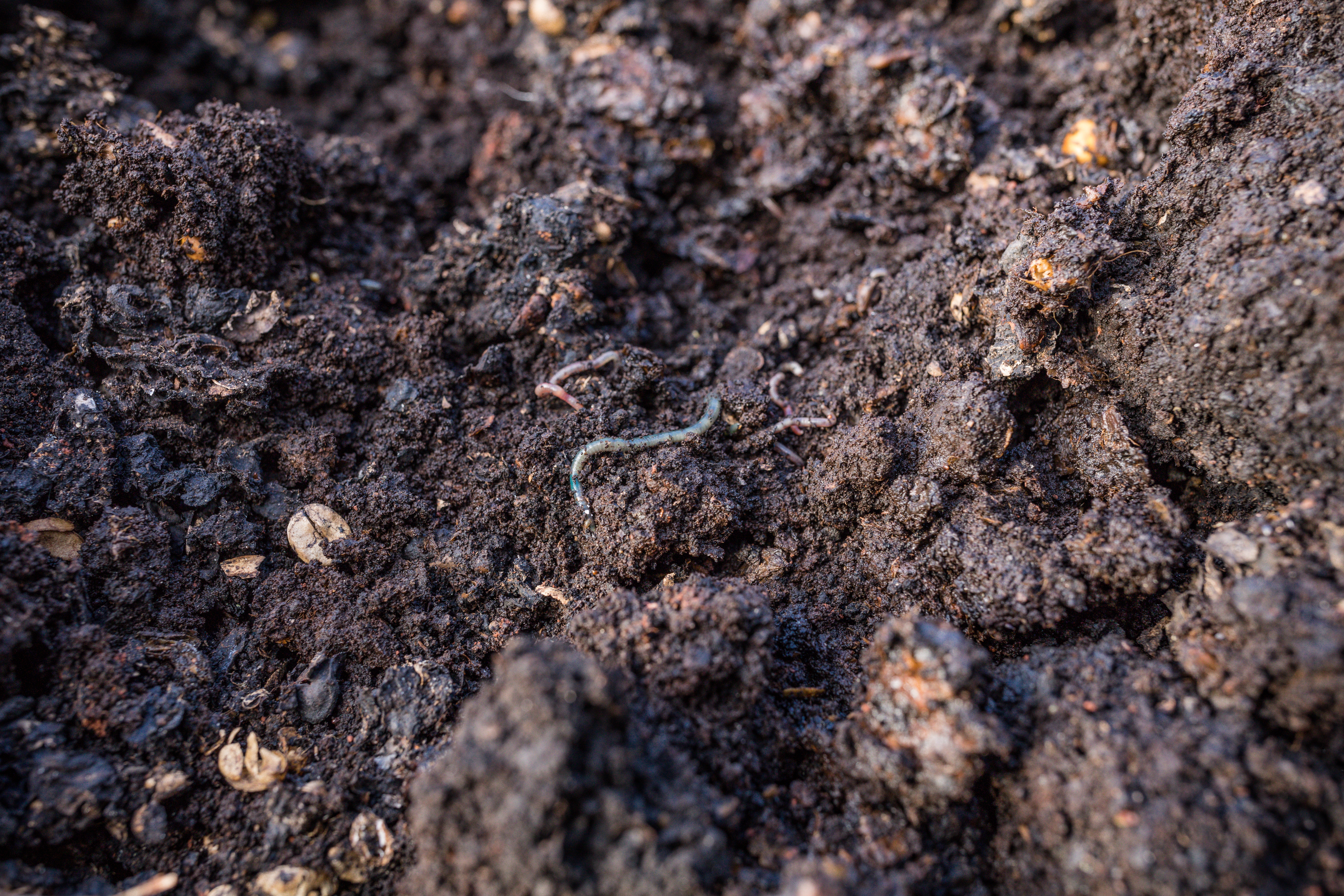
7. Earthworms
How Earthworms Help The Environment
Earthworms, along with ants, are crucial for healthy soil. They help bring nutrients and minerals to the surface and aerate soil. Their tunnels help bring oxygen, water drainage and create space for plant roots to grow.
Earthworms eat organic material in soil, feeding on both fresh and decaying material. They clean up decay as they eat and create nutrient rich soil from their waste, called castings. A single hectare can have over half a million earthworms, eating through nine tonnes of leaves and dead roots and turning over 36 tonnes of soil per year.
How We Can Help Earthworms
There’s over 7,000 species of earthworms worldwide. Most of Canada’s earthworms died off with the last ice age with native worms only surviving in warmer areas like the west coast of British Columbia. Many of North America’s earthworms were introduced by European settlers in the 18th century.
While earthworms can be great for European soils, unfortunately in Canada, they’re not so great for our forests. Earthworms speed up decomposition of organic matter. While in the right environment, this is a good thing, in Canada our forests like to move much slower. Helping earthworms in Canada is more about keeping them contained to your garden and stopping the spread of invasive species.
- Clean muddy boots when travelling between locations. Earthworm eggs can travel in soil.
- Check your tires. Earthworms can only travel 10 metres per year by themselves, but with human assistance from vehicle tires they can potentially travel hundreds of kilometres per day.
- Don’t dump leftover earthworm bait after fishing. This helps earthworms spread quickly through our forests and woods.
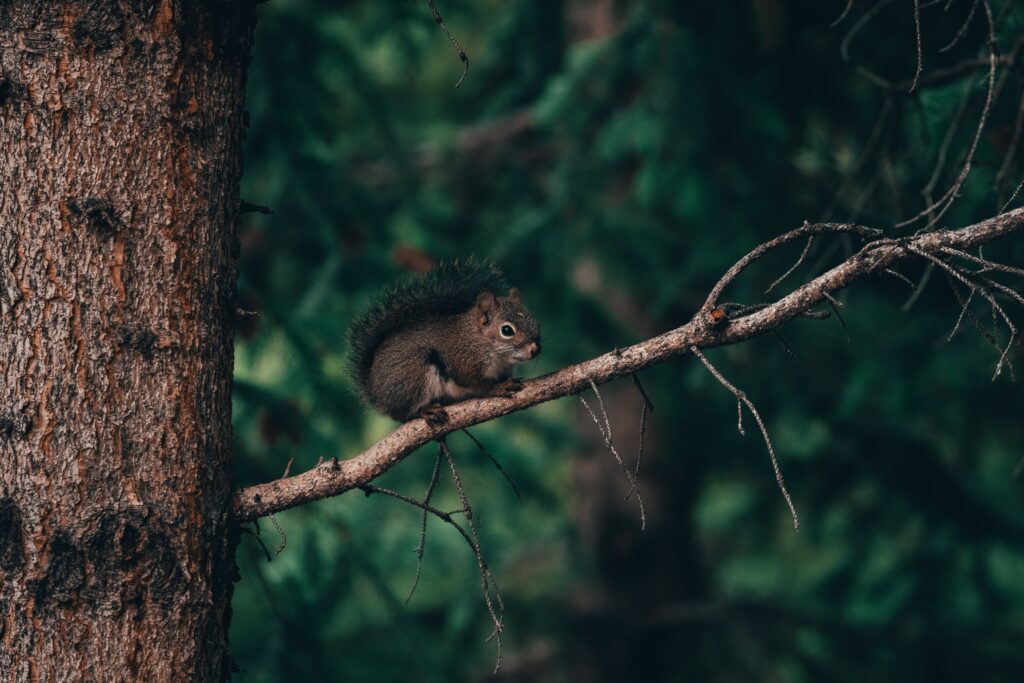
8. Squirrels
How Squirrels Help The Environment
Whether they’re aware of it or not, squirrels are nature gardeners. Every autumn, squirrels dash around, collecting and burying food for the winter. This process, known as scatter hoarding, helps squirrels survive the colder months. Squirrels will even sort their bounty, like by type of nut, a process known as chunking to help them remember where they’ve buried their stash. But they don’t remember where all their nuts are buried, between about 26%-95%. The Gray Squirrel can bury 10,000 nuts each autumn. By misplacing or losing these nuts, squirrels inadvertently help plant trees. Their widespread burying also helps disperse seeds and grow the size of forests. Research by the University of Richmond discovered squirrels are key for maintaining and regenerating oak forests across North America.
How We Can Help Squirrels
A lot of people have a love-hate relationship with squirrels. If you have a bird feeder in your garden, you probably have a hate-hate relationship with squirrels. But without these eco-friendly animals stocking up their ground pantry for the winter, our forests could be a lot smaller and less diverse.
There’s more than 200 squirrel species globally. Canada has 22 different species of squirrel but only 5 tree squirrels are native – the Eastern Gray Squirrel, the Douglas Squirrel, the Red Squirrel, the Arctic Ground Squirrel and the Fox Squirrel.
Research has already shown negative effects of climate change on squirrels around the world, ranging from fertility issues to changes in hibernation behaviour. Squirrels are an important part of a healthy ecosystem. Whether you have a love-hate relationship or not, with climate change impacts expected to increase, squirrels are going to need some love to survive.
- Know what to do if you find a baby squirrel. Always try to reunite the baby with their mother. If they haven’t come back by dark, the Ontario SPCA offers instructions on what to do next.
- Plant shrubs or trees that provide a natural food source. Squirrels will eat a variety of nuts and seeds.
- Don’t purposefully attract squirrels if you live near a busy road. Crossing a road to get to food could put them in danger of being run over.
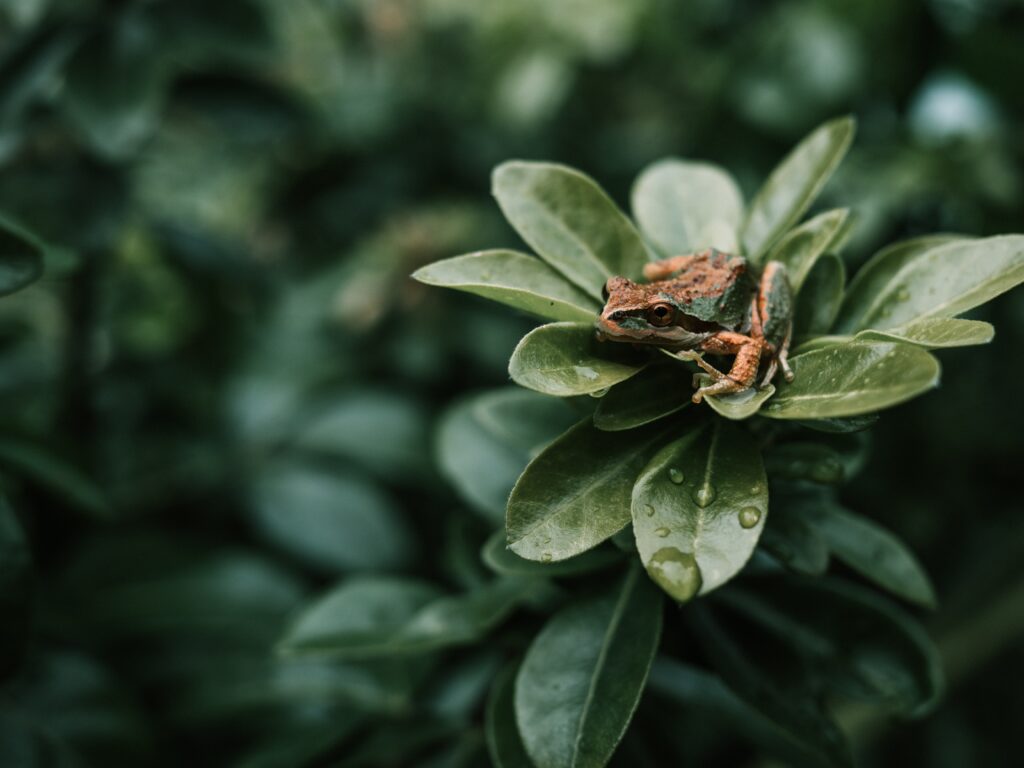
9. Frogs
How Frogs Help The Environment
Even in their early days frogs are eco-friendly animals. Tadpoles help clean waterways and maintain oxygen levels by feeding on algae in the water. As they grow older, frogs are crucial for controlling insect populations, making them invaluable to a balanced ecosystem, and the agriculture industry. They eat billions of insects every year and provide a food source for birds and other animals themselves.
In addition to working hard for the environment, they also act as early detection indicators for any environmental changes. Their permeable skin can easily absorb toxins, making them susceptible to environmental stressors.
How We Can Help Frogs
There’s over 6,000 frog species worldwide and scientists are still looking for more. Only 24 species can be found in Canada, with most of them living in the southern parts of the country. Although frogs have been around for more than 200 million years, 200 frog species have gone extinct since the 1970s. Hundreds more could go extinct within the next 100 years as their extinction rate is now 10,000 times faster than their historical rates. But if you’re lucky enough to have native frogs in your area, there’s still some things you can do to help them out.
- Create shelter and hiding places for frogs in your garden. Build small rock or wood piles close to shrubs and bushes.
- Keep water and liquids around your property as clean as possible. Clean up car oil spills and dispose of chemical cleaners safely.
- Don’t use pesticides near waterways, especially if you know tadpoles and frogs live nearby.
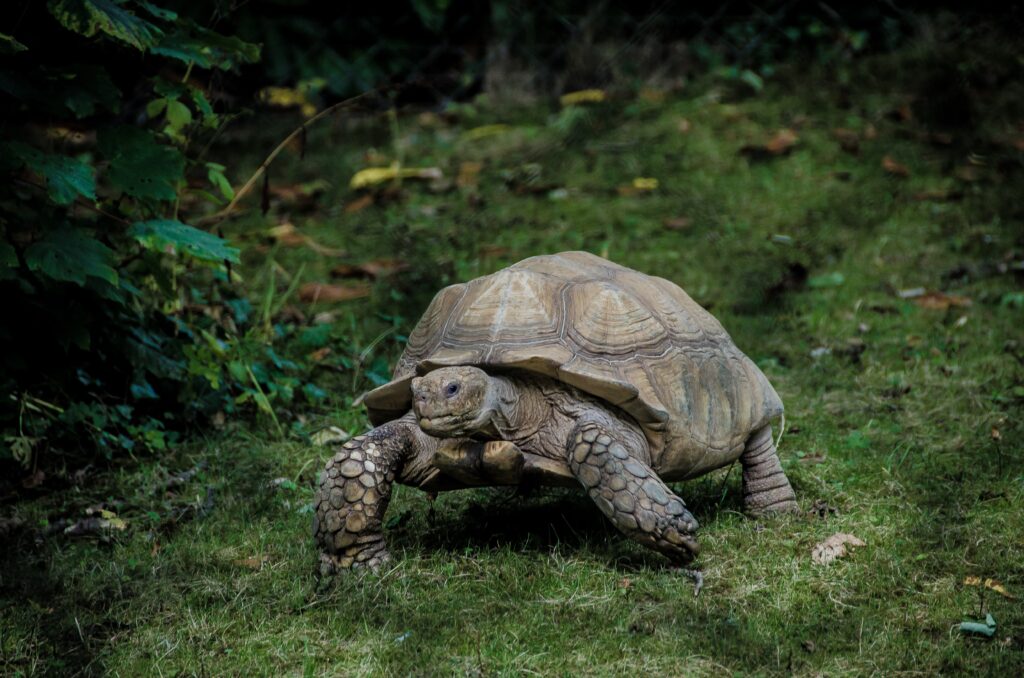
10. Turtles and Tortoises
How Turtles Help The Environment
Much like other eco-friendly animals on this list, turtles and tortoises are keystone species. Keystone species help define an entire ecosystem, with other species depending on them for survival. Turtles and tortoises are excellent at dispersing seeds, especially in small areas. Remember, they’re pretty slow moving. In 2017, tortoises were even used to restore lost seed dispersal functions in the Atlantic forest.
Galapagos giant tortoises are often called “Galapagos Gardeners”. Using their natural bulldozing skills, they trample pathways in thick vegetation as they eat and disperse seeds along the way. Some seeds can only germinate after they’ve been eaten and digested by tortoises.
Many turtles like to scavenge and can act as cleaners of our waters by removing sources of harmful bacteria. Their unique ability to travel between land and water adds seeds and nutrients to both habitats, doubling their environmental impact.
How We Can Help Turtles
Turtles have been on earth for over 200 million years, but 61% of the world’s 356 turtle species are now extinct or threatened with extinction. Turtles are now the most threatened group of vertebrate animals on earth, more so than birds. Population numbers are decreasing rapidly because of habitat destruction, climate change and over-exploitation for pets and food.
Canada has eight native freshwater turtles, with Ontario having the most diverse turtle population. All of which are, or have a subspecies, considered at risk. But there’s still things you can do to help with turtle conservation.
- Watch out for turtles on the road. Nesting season runs from late May to early July, which is when you’ll see female turtles travelling across land and roads the most.
- Record and report turtle observations to iNaturalist. Findings are shared with scientific databases like NatureServe Canada, contributing to Canada’s conservation efforts.
- Volunteer locally. Many areas have locally run conservation efforts to help protect turtles and their habitats. In Ontario, the Ontario Turtle Conservation Network can help you find a volunteer opportunity close to you.
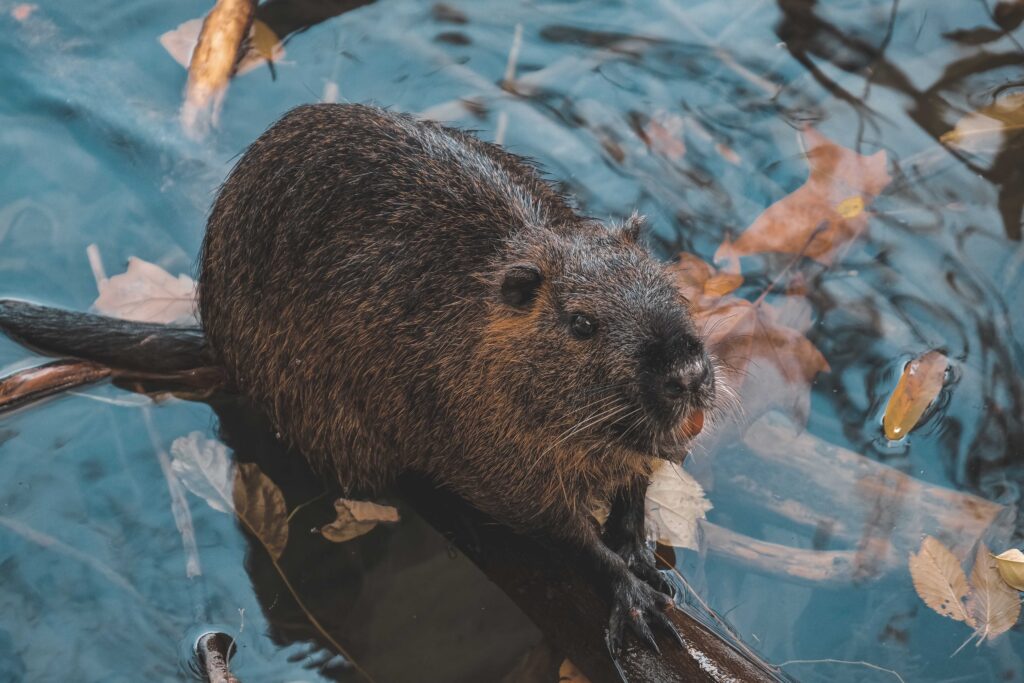
11. Beavers
How Beavers Help The Environment
The national animal of Canada, beavers were once hunted to near extinction for their fur across the country. Today though, for the most part, beavers are recognized for the important role they play in keeping healthy and balanced ecosystems. Like other eco-friendly animals on this list, beavers are “ecosystem engineers”. Their ability to construct dams and create ponds help us manage water-related issues like drought, water pollution and flooding.
Beavers are responsible for creating wetland habitats for other species and increasing plant diversity by 33% in Manitoba’s Riding Mountain National Park. In times of drought, their water storing creates a sponge for the earth, lessening the impact of a dry period on the surrounding ecosystems. In a similar way, their ability to store water also helps reduce the impact of a flood by holding and slowly releasing water.
As the impacts of climate change increase and we experience more extreme weather events, scientists believe beavers could help safeguard against the effects of drought and flooding. Their unique ability to improve fire resistance, stimulate nature recovery and reverse biodiversity loss can’t be overlooked.
How We Can Help Beavers
In the 1500s, there were an estimated 400 million beavers in North America. Today, their numbers have dropped by about 95% since pre-European settlement, estimated to be between 6-12 million in North America and another 1 million in Europe. Their biggest threat is habitat loss caused by humans. Human population growth has caused more demands on beaver waterways, leading to water shortages and diversions from rivers and lakes. An increase in water pollutants has also been found to have lethal effects on beavers.
Beavers are unique in their abilities and crucial for healthy ecosystems. If you’re lucky enough to have beavers in your area, keeping them healthy will benefit the environment for years to come.
- Don’t use pesticides near waterways. They pollute the water and harm the animals, including beavers, that live there.
- Visit a local beaver pond. Educating yourself on beavers and seeing their handiwork in real life can give you another level of appreciation for their eco-engineering. Downtown Vancouver’s Stanley Park has Beaver Lake, which includes a trail and information centre. Just make sure to keep a healthy distance if you see a beaver, and don’t disturb them while they work.
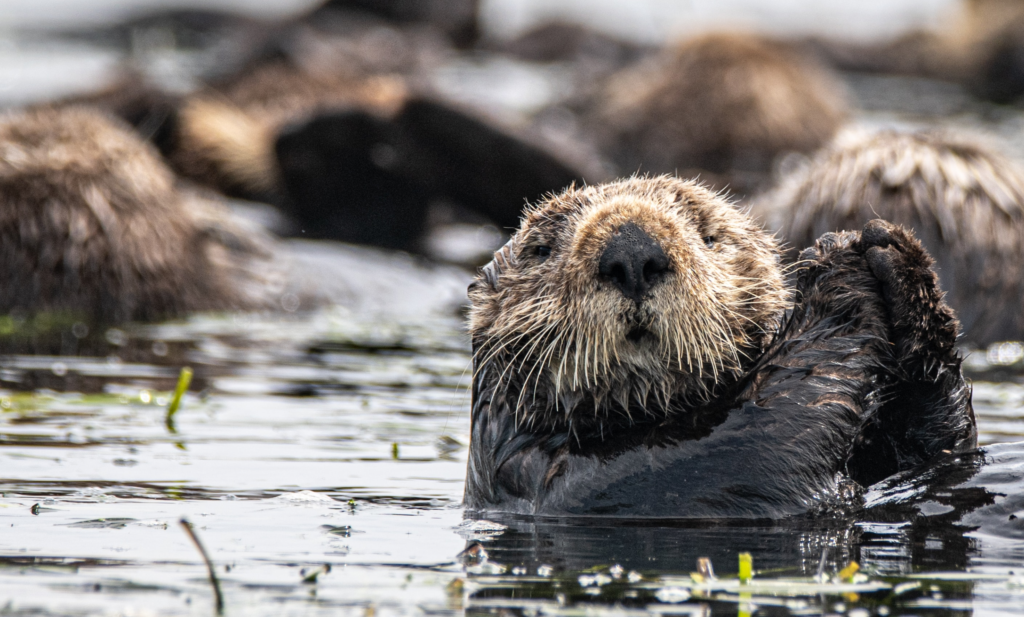
12. Sea Otters
How Sea Otters Help The Environment
Sea otters are another keystone species on our list of eco-friendly animals. They play a key role in protecting and maintaining underwater kelp forests. In fact, sea otters single-handedly support kelp forest ecosystems in the North Pacific. Kelp is a large brown algae seaweed that is not only important to marine biodiversity, but also absorbs a lot of carbon. Kelp can absorb between 1-10 billion tonnes of carbon dioxide every year. And when kelp has sea otters to protect it, it can absorb 12 times more carbon dioxide.
Sea otters feed on sea urchins that feed on kelp, helping defend the algae. Sea otters also feed on crabs, helping defend seagrass populations. Similar to kelp, seagrass has incredible carbon absorbing capabilities. Also referred to as “blue carbon”, seagrass accounts for 10% of the ocean’s capacity to store carbon.
How We Can Help Sea Otters
There’s 13 species of otters in the world, 3 of them are sea otters. Sea otters are native to the Northern Pacific Ocean but the fur trade of the 18th and 19th century nearly drove sea otters to extinction. Sea otter populations were estimated to be between 150,000-300,000 in the 1700s but by 1911 there were fewer than 2000 left. Today sea otters are classified as endangered, with their biggest threats coming from oil spills, fishing and warming oceans from climate change.
- Keep oil and antifreeze away from storm drains. Make sure to clean up oil spills so they don’t make it to the ocean via our drains.
- Carefully dispose of cat feces. Scientists are studying a possible link between toxoplasmosis, cats and sea otter deaths. Pet waste can carry eggs of the parasite that causes the disease. Make sure to carefully dispose of all cat waste to avoid any ocean contamination.
- Don’t through household chemicals down the drain. Our drains ultimately lead to the ocean so make sure you’re disposing of hazardous waste properly and safely.
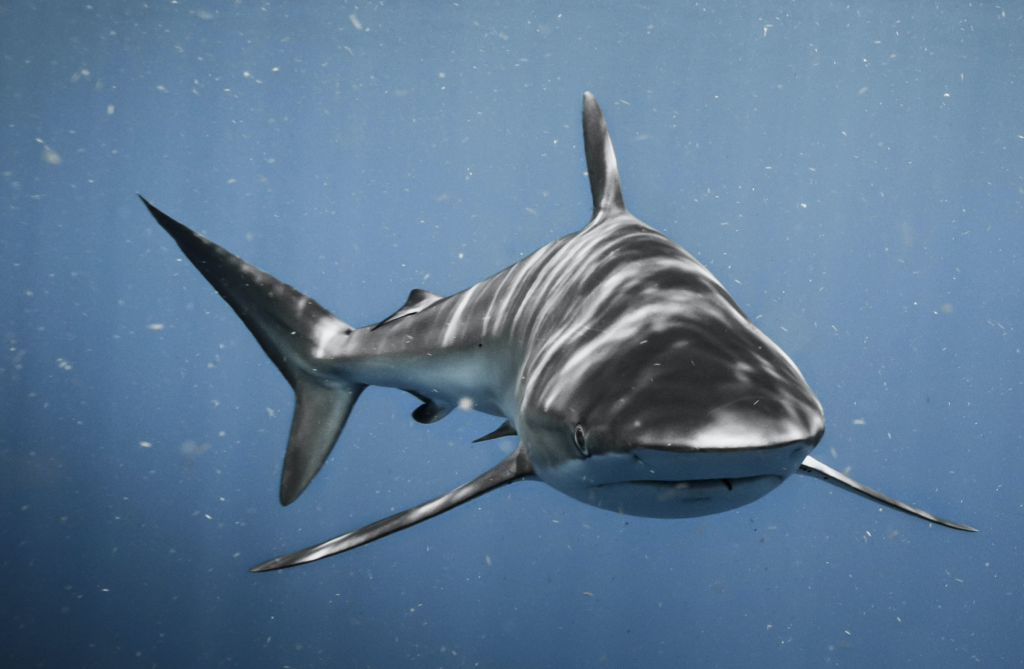
13. Sharks
How Sharks Help The Environment
As apex predators, sharks play a key role in our environment by maintaining a healthy balance of marine species and by controlling the spread of disease. By eating weaker, sick fish, sharks help limit diseases spreading among marine life. They also help keep populations healthy by taking out the weaker of the bunch.
Not limited to keeping fish populations healthy, sharks also indirectly keep seagrass and coral reef ecosystems in balance. By altering and regulating the feeding strategies and diets of other species, sharks help maintain healthy coral reefs. A decline in shark populations has already led to the decline of coral reefs, seagrass beds and commercial fisheries.
How We Can Help Sharks
There’s over 500 species of shark in the world, 14 of them are commonly found in Canada. Sharks have been around for 450 million years but since 1970 numbers have decreased by 71%. The sharp decline in population is mostly down to overfishing, which has increased 18-fold in the same time. This drop now threatens 75% of shark species with extinction.
- Join the #finfree movement and help end the trade of shark fins. An estimated 100 million sharks are killed annually for their fins.
- Avoid Squalene and Squalane that comes from shark liver oil. Squalene is often used in skincare and cosmetics.
- Reduce your single-use plastics. Every year 8 million tonnes of plastic waste ends up in the ocean. Caring for marine life starts at home and by reducing the amount of plastic you use, and dispose of, you can help keep the oceans clean.
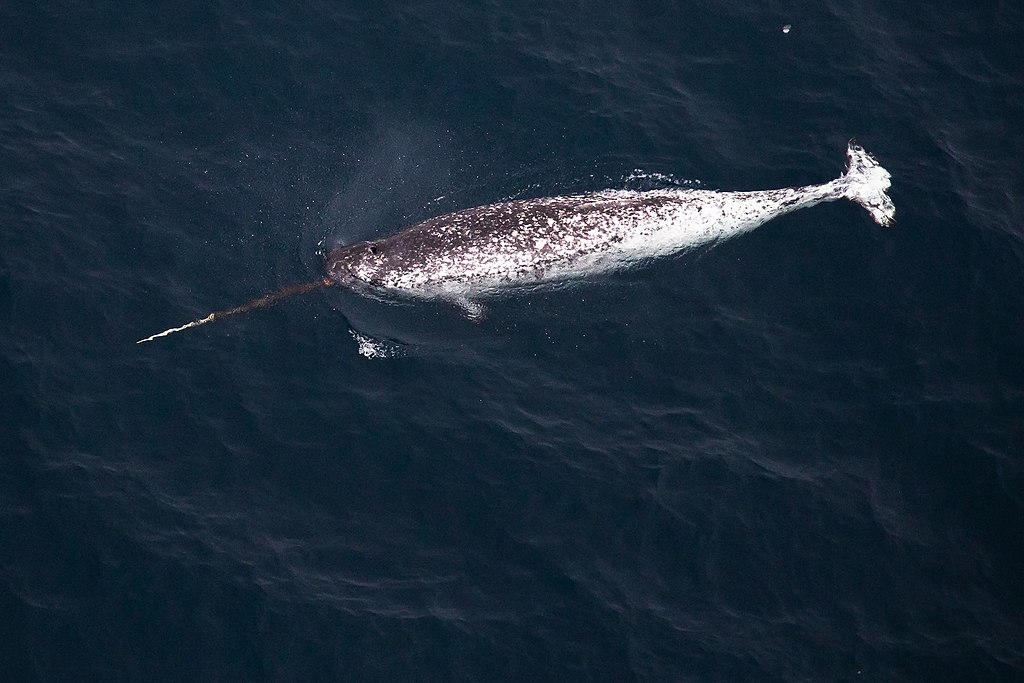
14. Narwhals
How Narwhals Help The Environment
Narwhals have been helping scientists understand Arctic ocean health and melting glaciers for years. The “unicorn of the sea” is one of the only mammals, including humans, that can reach areas of the ocean typically covered by ice. As part of Oceans Melting Greenland, NASA used migrating narwhals to help map inaccessible parts of the ocean and fill in data gaps.
Narwhals are native to the Arctic ocean and as our Arctic glaciers melt, they’re most affected by climate change. Scientists have discovered new levels of mercury in narwhals, caused by burning fossil fuels and increasing ocean temperatures. Narwhals sensitivity to changing ocean conditions helps scientists track the impacts of climate change on the planet.
How We Can Help Narwhals
There’s 123,000 narwhals left in the world and about 90% of them spend the summer months in the Canadian Arctic. But climate change, fishing and hunting have led to a decline in narwhal populations. In some areas with smaller populations, like Greenland, three narwhal populations are at risk of going extinct by 2028.
Hunting is often seen as the primary threat to narwhals, but human activity and industrial development causes considerably more and longer term harm. Oil and gas development increases pollution and noise levels in the oceans to an inhospitable level, driving marine species out of their natural habitats. Our plastic consumption makes up 80% of ocean debris and can even be found in the deep sea. If we want to help narwhals, we need to drastically change how we interact with the environment around us and recognise that everything is connected. That plastic bottle thrown into a storm drain ends up somewhere, and chances are it’s the ocean.
- Adopt a narwhal (symbolically). The WWF narwhal adoption kit helps global conservation efforts and protecting fragile ecosystems.
- Hold companies responsible for keeping plastic out of the oceans. Demand packaging and plastic free options and end of life plans from your favourite companies. Especially the big ones that have the most resources and make the largest impact. Reducing plastic relies on the companies shipping this plastic around the world to be more responsible with it, and keep it out of our oceans.
- Reduce single-use plastics and recycle plastic that can be. With 8 million tonnes of plastic waste ending up in the ocean every year, helping narwhals at home can start with how you manage plastic.
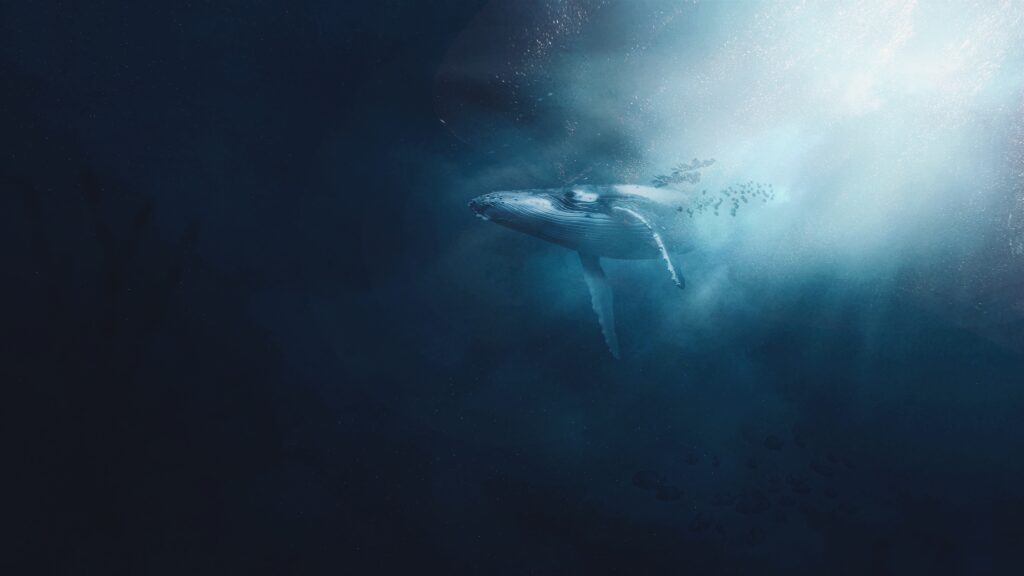
15. Whales
How Whales Help The Environment
The last on our list of eco-friendly animals are whales. In terms of being eco-friendly, whales are one of our best with just one whale doing as much good as a thousand trees and providing up to 50% of our oxygen. Whales are carbon sinks and play a significant role in capturing and storing carbon from the atmosphere. They accumulate it during their lives, an average of 33 tonnes of CO2, and hold it in their bodies when they die. In comparison, a tree only absorbs 28 pounds of CO2 per year.
Carbon capturing solutions are being explored to help combat climate change. But whales are a natural form of carbon sequestering and keeping populations healthy is a low-tech solution to our climate change problem.
How We Can Help Whales
There’s currently 15 baleen whale species in the world and 77 toothed whale species. Over half of the baleen whale species are found in Canada and 26 species of toothed whales, including the largest toothed whale, the sperm whale. But population sizes are under threat with 19 of Canada’s whale populations currently listed as endangered, threatened or at risk.
- Volunteer to stencil storm drains or clean-up beaches and help keep waterways pollution and plastic-free. Storm water pollution is a leading cause of water pollution and includes litter, motor oil, detergents and pet waste.
- Support Marine Mammal Protected Areas across the globe.
- Cut up plastic six-pack rings. Thousands of animals die every year from entanglement.
- Don’t release balloons outside. Whales and other marine animals can mistake them for jellyfish and die as a consequence.
Sustayn is designed to present the most useful recommendations for environmentally friendly approaches and items. We update links when possible, but note that links can be broken and subject to change.
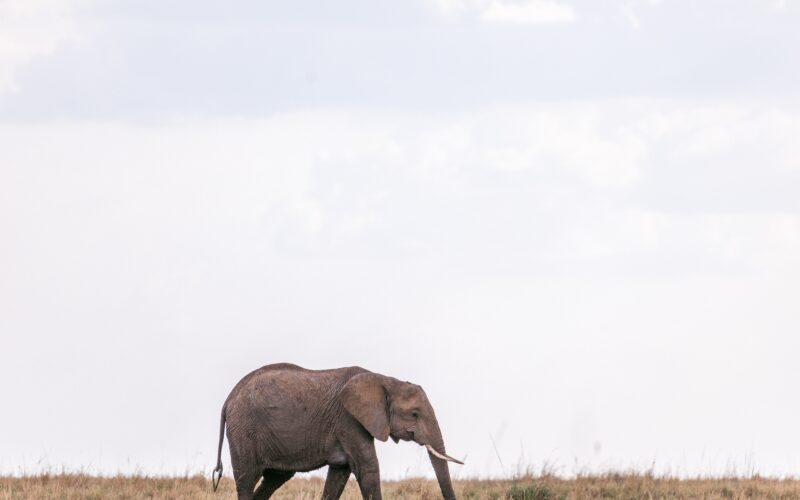





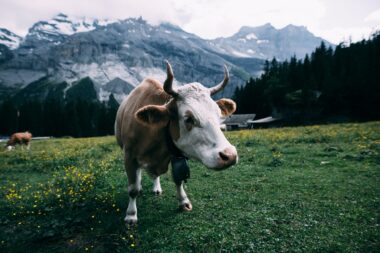


2 comments
5zzgj2
oainh9